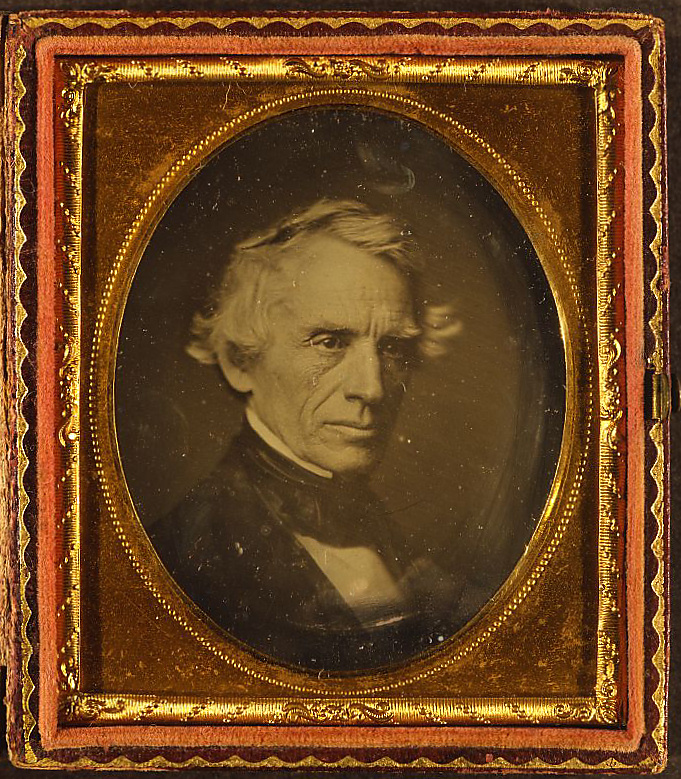
Figure 1 – Daguerreotype of Samuel Finlay Breeze Morse, artist, inventor, photographer, 1845. From the library of Congress and in the public domain.
I have spoken before about S. F. B. Morse (1791-1872), his introduction of the daguerreotype to American, and the birth of the modern world. I have been reading David McCullough‘s interesting history of nineteenth Americans and their physical and intellectual journeys to France, “The Greater Journey, Americans in Paris.” McCullough quotes Morse’s letter to his brothers describing the moment in which he first sees Daguerre’s invention. I thought that I would share it with you.
“They are produced on a metallic silver-coated [copper] surface, the principal pieces about 7 inches by 5 [inches], and they resemble aquatint engravings, for they are simple chiaroscuro, and not in colors. But the exquisite minuteness of the delineation cannot be conceived. No painting or engraving ever approached it. For example: In a view up the street, a distant sign would be perceived, and the eye could just discern that there are letters upon it, but so minute as not to be read with the naked eye. By the assistance of a powerful lens, which magnified fifty times, applied to the delineation, every letter was clearly and distinctly legible, and so also were the minutest breaks and lines in the walls of buildings and the pavements of the streets. The effect of the lens upon the picture was in a great degree like that of a telescope in nature.”
We read in this the encounter of the nineteenth century intellect with the new world that photography represented. This was truly a seminal moment, and the beginning of a new world perspective. Truly the dawn of the modern.
